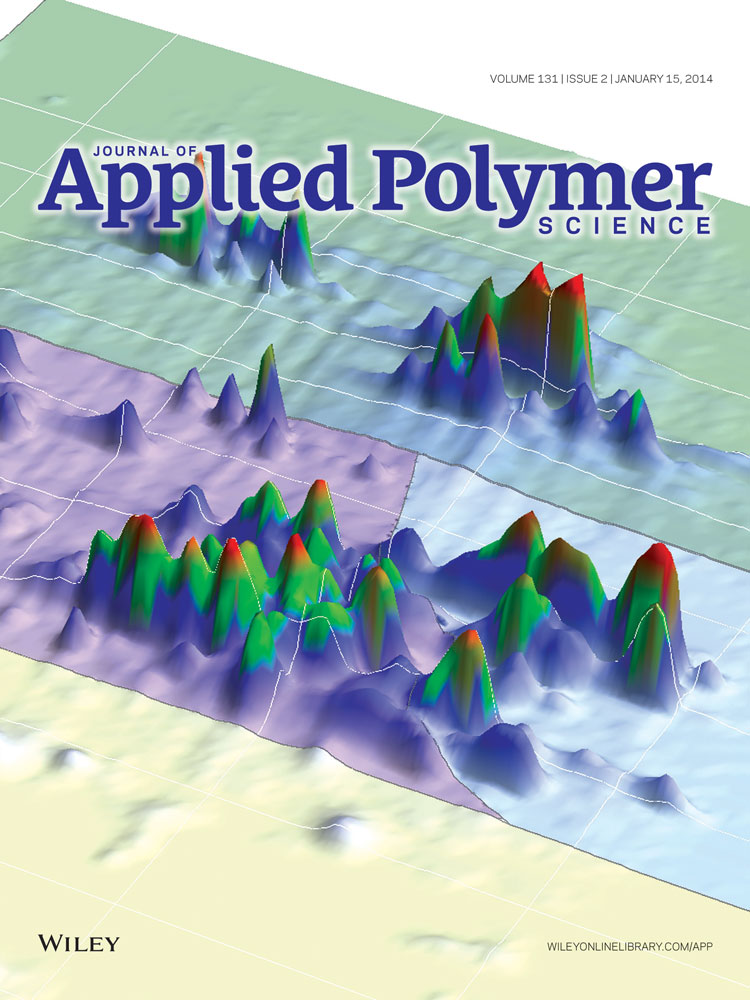Evaluation of highly compliant magneto-active elastomers with colossal magnetorheological response
ABSTRACT
Highly compliant elastomers with a shear storage modulus as low as 25 Pa are prepared using commercially available silicone, plasticizer, and tactile mutator silicone additive. They are used as matrix material for magneto-active elastomers (MAEs) with carbonyl iron contents between 0 and 85 wt %. In the absence of an external magnetic field, the storage modulus of MAEs based on two selected mixtures ranges between ∼100 Pa and ∼2000 Pa. Addition of a mutator to the matrix mixture results in a long post-cure period depending on the curing temperature and the initial mixture. In the presence of a magnetic field, the presented MAEs exhibit a strong magneto-induced change in storage modulus resulting in a colossal magnetorheological effect of >106 % which is ∼30 times higher than previously reported values. The results are of interest in applications using such elastomers as cell substrates with magnetically tunable rigidity. © 2013 Wiley Periodicals, Inc. J. Appl. Polym. Sci. 2014, 131, 39793.




